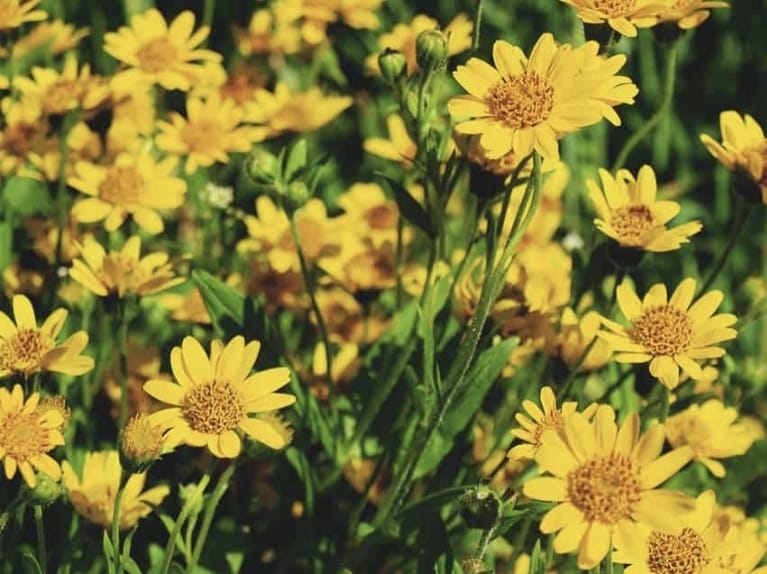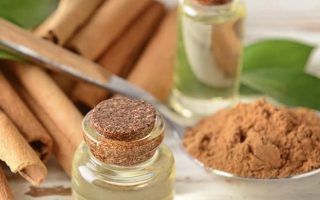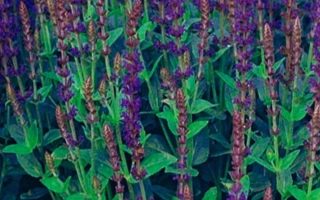Arnica is a beautiful yellow flower that has a likeness to a daisy.
Arnica is masculine in nature and associated with Midsummer, the harvest and harvest spirits.
It is sacred to Freya, Ra and Apollo.
Symbolic of the Sun and represents the element of fire.
To drive away thunderstorms it is said to burn Arnica and a few words are chanted.
Arnica can be used in general protective rituals as well as rituals for the fertility of crops.
Arnica can be planted around an area to keep a spirit from entering or leaving. However this will only work until the plant dies in the autumn.
Ancient medicine used Anica topically to can treat osteoarthritis, sore throat, bleeding, bruising, reduce swelling and to treat muscular pain.
Known to be used as an antibiotic and has anti- inflammatory properties.
Arnica grows mainly in Siberia, but also grows in Central Europe and North America.
From the plant family Asteraceae.
Arnica is an aromatic and perennial herb and is in the same family as the Sunflower.
Arnica is taken only following homeopathic dilution, it is used as an internal herbal remedy for the treatment of shock and trauma.
The circulation in the body is also stimulated by Arnica when it is used in a tincture.
This herb has been used to treat angina and for a physically weak or failing heart in people with cardiac problems. Regardless of this, the internal use of Arnica is not considered safe as highly toxic and poisonous.
In the treatment of leg ulcers in diabetics, topical remedies are recommended.
Arnica can increase the resistance of the body to the onset of infection, it is particularly helpful against infections such as those caused by listeria and salmonella bacteria, the herbal remedies made from the arnica also increases the rate of healing in the body following a surgical procedure.
It is also normally diluted on the basis of one to ten in essence. Thus used to treat inflammatory skin problems for example.
The harvest of Arnica flowers is usually carried out when the plant is in full bloom during the summer.
Yet, the rhizomes of the Arnica are harvested during autumn.
Arnica contains sesquiterpene lactones, flavonoids, and a volatile oil that includes thymol, mucilage,
In a tincher you can use 3 table spoons of crushed flowers to 2 cups of pure alcohol, the flowers essence permeates in the alcohol during this infusion period. Leave to stand for 2 weeks shaking the bottle twice a day. Then allowing the pure flower essence.
I recommend the shaking period to commence on and around a full moon for potency.
After this transfer the infusion to a sterile bottle or container which you can store long term.
Advisable to use 1 teaspoon of this per cup of warm water
Once diluted, you can use a small piece of cloth to soak up the diluted tincture and squeeze out any excess liquid, fold, then place directly on the external area for 15 minutes letting the herbal essence seep into the affected area of skin. This process must be repeated daily until wound has healed.
To make an ointment simply prepare a powder by grinding two tablespoons of dried Arnica flowers with a peston and morter.
Mix this powder with 8 tablespoons of melted coconut oil. This won’t last as long as the tincher and will start to degrade.
You can apply this in large amounts to any old wounds, this can be used to topically treat all kinds of ulcers in the legs or to treat the sores of herpes particularly those which are persistent.
As with all plants some people do suffer from allergic reactions and again this plant is highly toxic and poisonous.
Lots of love Freya Witch



